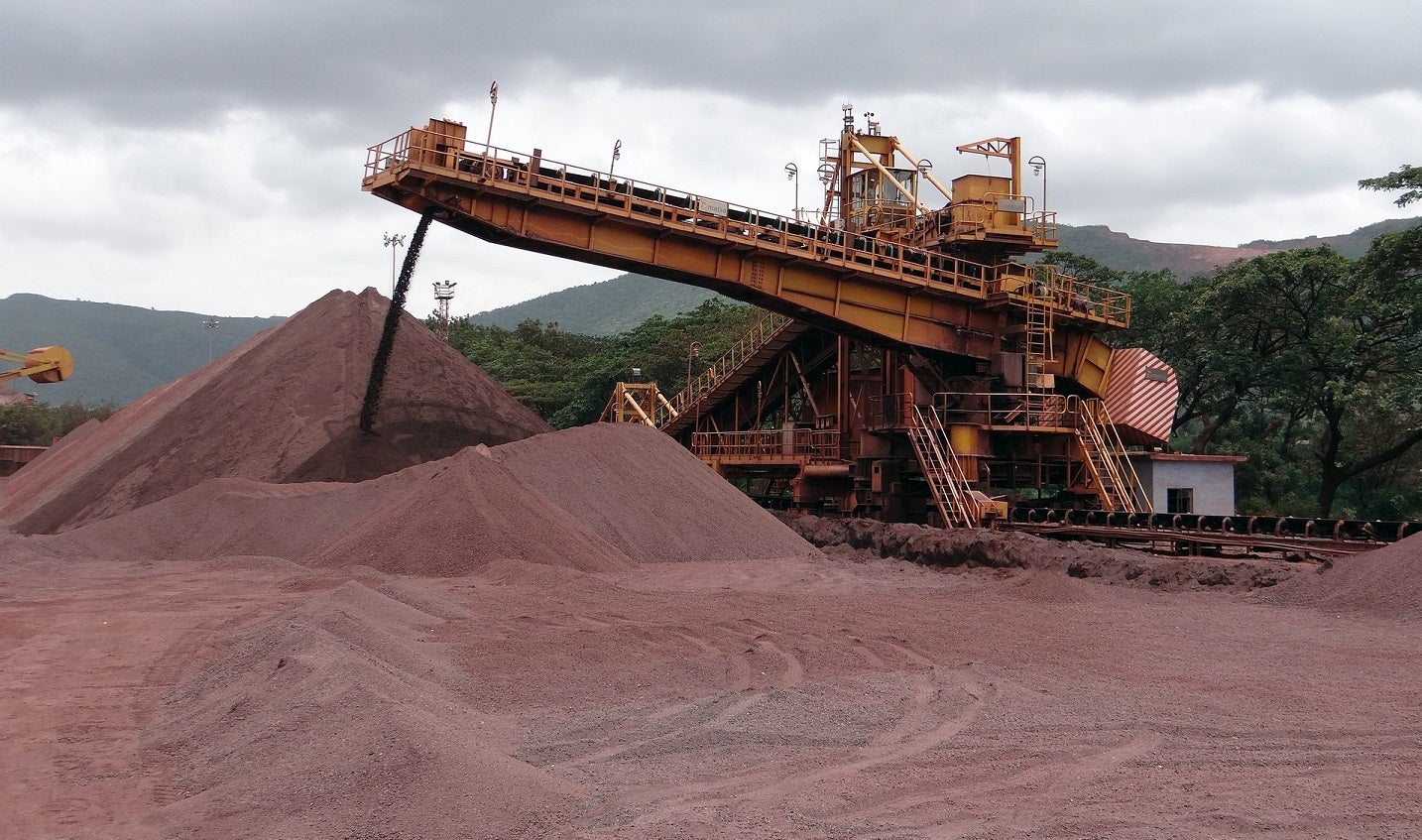
Magnum Mining & Exploration plans to undertake a technical feasibility refresh of the Buena Vista iron project in Nevada, US.
The company said the work will help in bringing the iron ore project into production as soon as possible.
Furthermore, Samuel Engineering has been selected by Magnum for refresh engineering design and costings at the Buena Vista project.
Under the contract, Samuel Engineering will design and cost a beneficiation plant, which will have an initial capacity of 500,000 tonnes per annum.
Magnum is assessing all other components of the proposed project such as mine planning and scheduling, transport logistics, access to power and water, and permitting.
Upon completion of this work, Magnum’s board expects to decide on a final investment decision to proceed with the project within six to eight weeks.
Earlier this year, Magnum signed a memorandum of understanding (MoU) with Mitsubishi for the offtake and trading of products from the Buena Vista Green Iron Project.
The MoU includes all the products manufactured at the project, including direct shipping ore, iron concentrate, high-intensity smelt-produced pig iron and slag, all steel plant waste and excess biochar.
The Buena Vista iron deposit is located approximately 160km east-north-east of Reno. It is nearly 50km from a Union Pacific rail line, which connects with several ports such as Stockton, West Sacramento, Oakland, San Francisco and Richmond (Levin).
Discovered in the 1890s, the project produced 900,000 tonnes of direct shipping magnetite ore with an estimated grade of 58% iron between the 1950s and 1960s.



